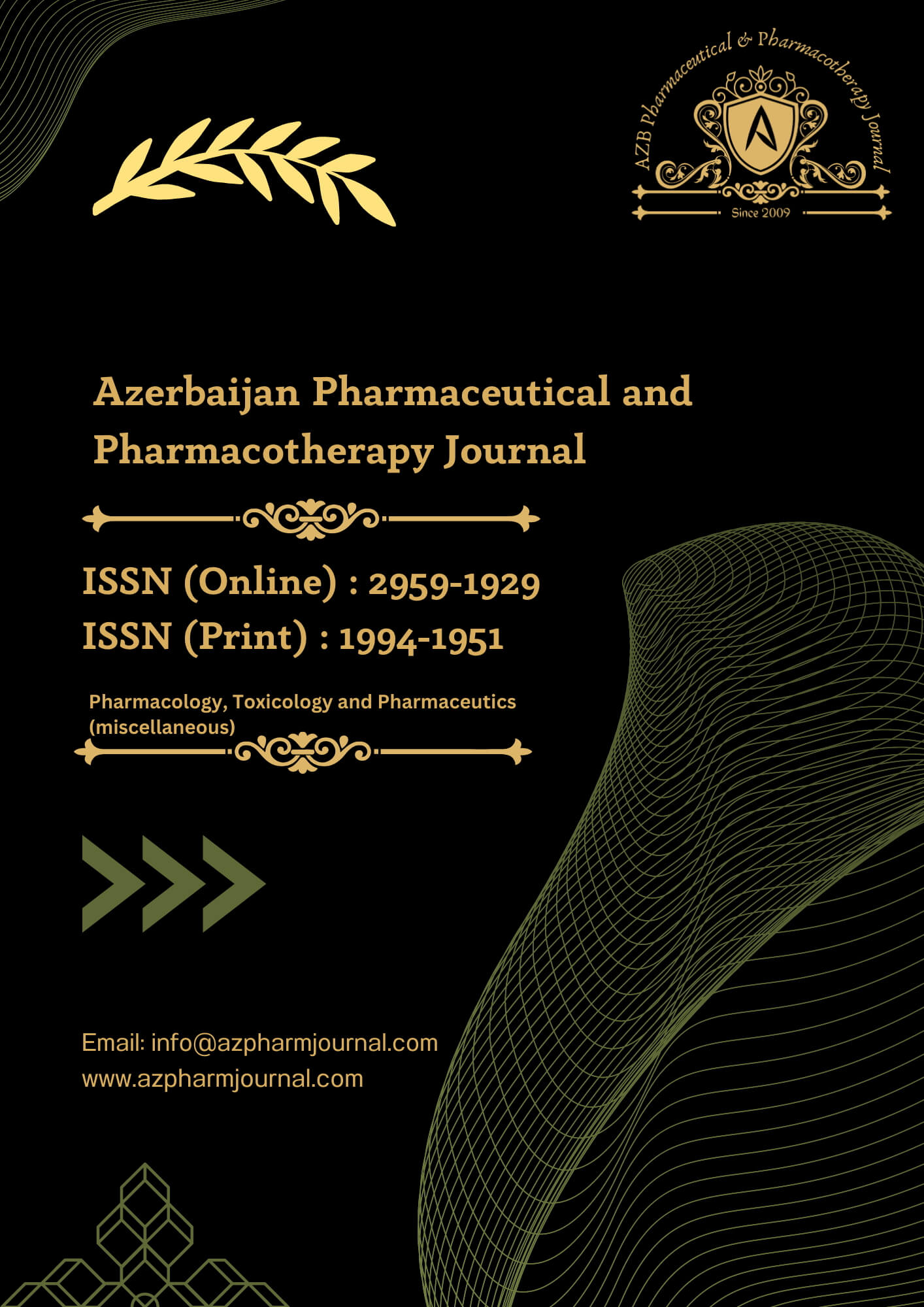2. Materials and Methods
From November 2018 to October 2020, the current study was a two-year, double-arm, randomized control trial at the Department of Obstetrics and Gynecology, VIMSAR, Burla. The secondary findings compared the delivery procedures and labor durations of the two groups. The Institutional Ethics Committee of VIMSAR got ethical permission prior to the start of the inquiry. All participants submitted written informed consent before being included in the experiment, and strict confidentiality was maintained over all pertinent patient information throughout the inquiry. The investigation adhered to ICH-GCP and Helsinki Declaration guidelines.
The study population consisted of pregnant women admitted to the labor room at VIMSAR as well as those who matched the inclusion and exclusion criteria. Primigravida/virtual primigravida (G4A3/ G3A2 / G2A1) with a gestational age greater than 37 weeks, vertex presentation, a viable singleton pregnancy, and a cervical diameter of at least 4 cm were eligible for the study. The study excluded pregnant women with pre-eclampsia, eclampsia, diabetes, heart illness, coagulopathies, or fetal congenital abnormalities. Patients were randomly randomized to either the epidural or control group once they reached active labor and a per vaginal exam confirmed at least 4 cm of cervical dilation. EA was administered in the epidural group using 8 ml of injectable bupivacaine 0.125%.
The placement of an intrathecal catheter may be suspected in the presence of hypotension, motor block in the legs, a warm upper foot, and the fast absence of labor signs (epidurals normally take 10 minutes to take action). When the mean blood pressure dropped by 20% or more from pre-operative levels, hypotension was identified. The patient’s motor function was assessed by having her rise from the bed and straighten her knees, and sensory block was determined using the pinprick test.
Following the commencement of contractions, the pregnant women were asked to rate their level of distress using a visual analog scale. Patients complained of a metallic aftertaste, tingling lips, dizziness, ringing in the ears, a heart rate increase of more than 30 beats per minute in less than one minute, and a full shutdown of the cardiovascular system. Fetal heart rate, uterine contractions, and other vital signs were monitored every 5 minutes for the first 60 minutes after the loading dosage, and then every 30 minutes until delivery.
A partograph is used to evaluate and visualize labor progression. Pain intensity, sensory blockage, motor blockade, and possible side effects such as nausea, vomiting, hypotension, headache, urine retention, fever, and FHR anomalies were monitored every 5 minutes for the first 60 minutes following the loading dosage, and then every 30 minutes until delivery. Time was recorded from the time the epidural was delivered until the cervical dilatation was complete. The second stage (SS) of labor was defined as the time between when the cervix was fully dilated and when the baby was born. Postpartum problems, as well as the prevalence of instrumental and caesarean deliveries, were also documented and studied. The newborns were evaluated using the APGAR scores one and five minutes after birth.
The gathered data on the case record form was transferred to a Microsoft Excel spreadsheet. SPSS 20.0 was used to analyze all of the data. The mean and standard deviation were used to depict the data. Categorical data were analyzed using frequency (n) and percentage (%). Any change at p0.05 was determined to be statistically significant using the appropriate statistical methods.
